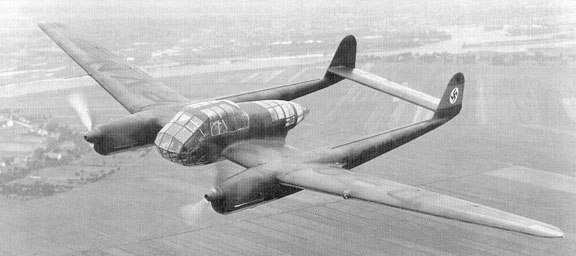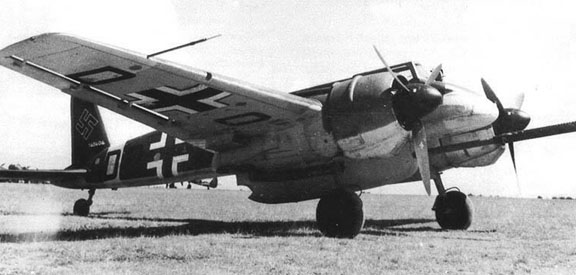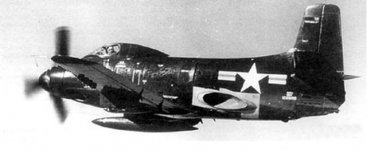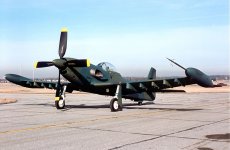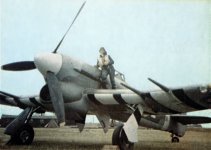- Reaction score
- 1,720
- Points
- 1,140
I work with Marine Harrier and Cobra pilots and they are the ones that actually brought this argument about the B model. Marine JSF could easily be employed from carriers in pretty much any theatre.
For your last point, that's why you have a JFC: he can dictate what the focus of he operation is and what he expects from his subordinate commanders. If/when ground troops cross the line or are engaged, I would fully expect that necessary assets be diverted and made available to support them.
The key word is necessary. The perceived necessity of a ground commander may not be what he actually needs or what is the best for the operation. Blindly giving them what they want without analyzing what they need would be detrimental to the overall operation/campaign when assets that could be interdicting or doing strike recce are orbiting overhead under-utilized. All that so the guys on the ground can feel[/] safer?
For your last point, that's why you have a JFC: he can dictate what the focus of he operation is and what he expects from his subordinate commanders. If/when ground troops cross the line or are engaged, I would fully expect that necessary assets be diverted and made available to support them.
The key word is necessary. The perceived necessity of a ground commander may not be what he actually needs or what is the best for the operation. Blindly giving them what they want without analyzing what they need would be detrimental to the overall operation/campaign when assets that could be interdicting or doing strike recce are orbiting overhead under-utilized. All that so the guys on the ground can feel[/] safer?



